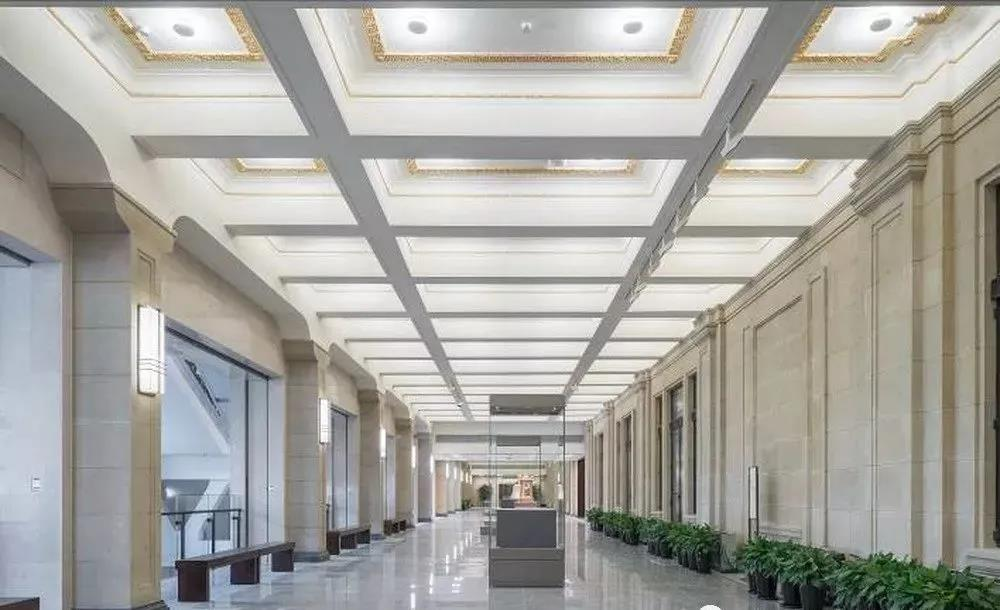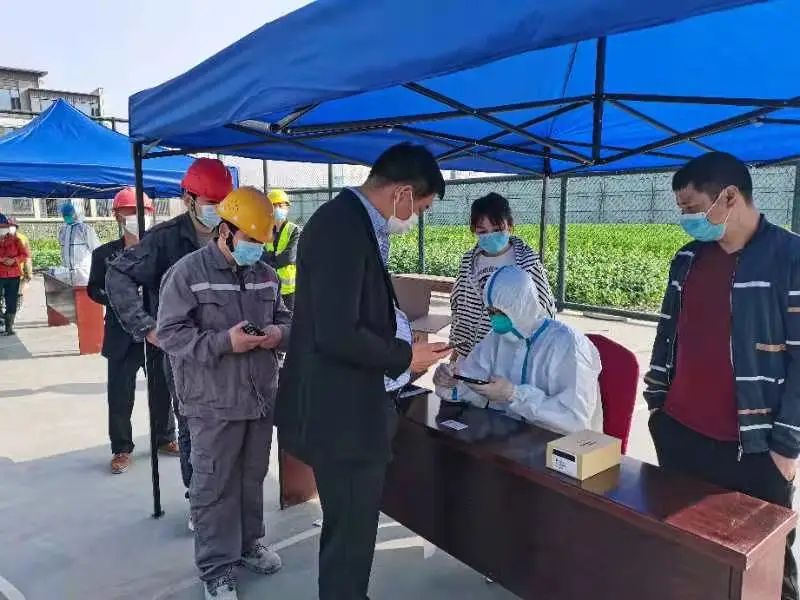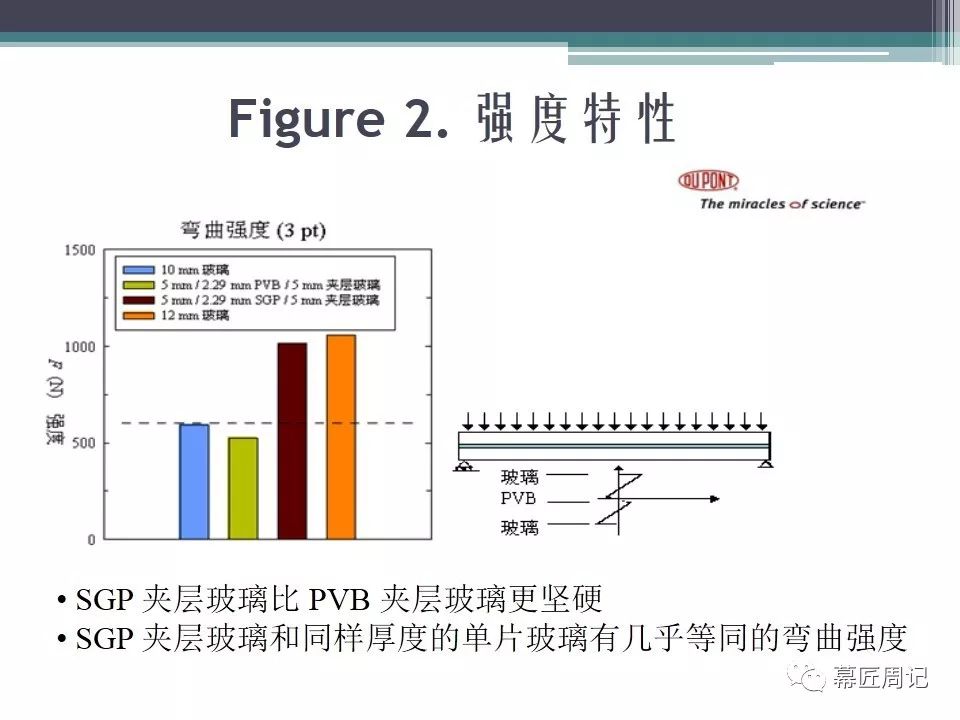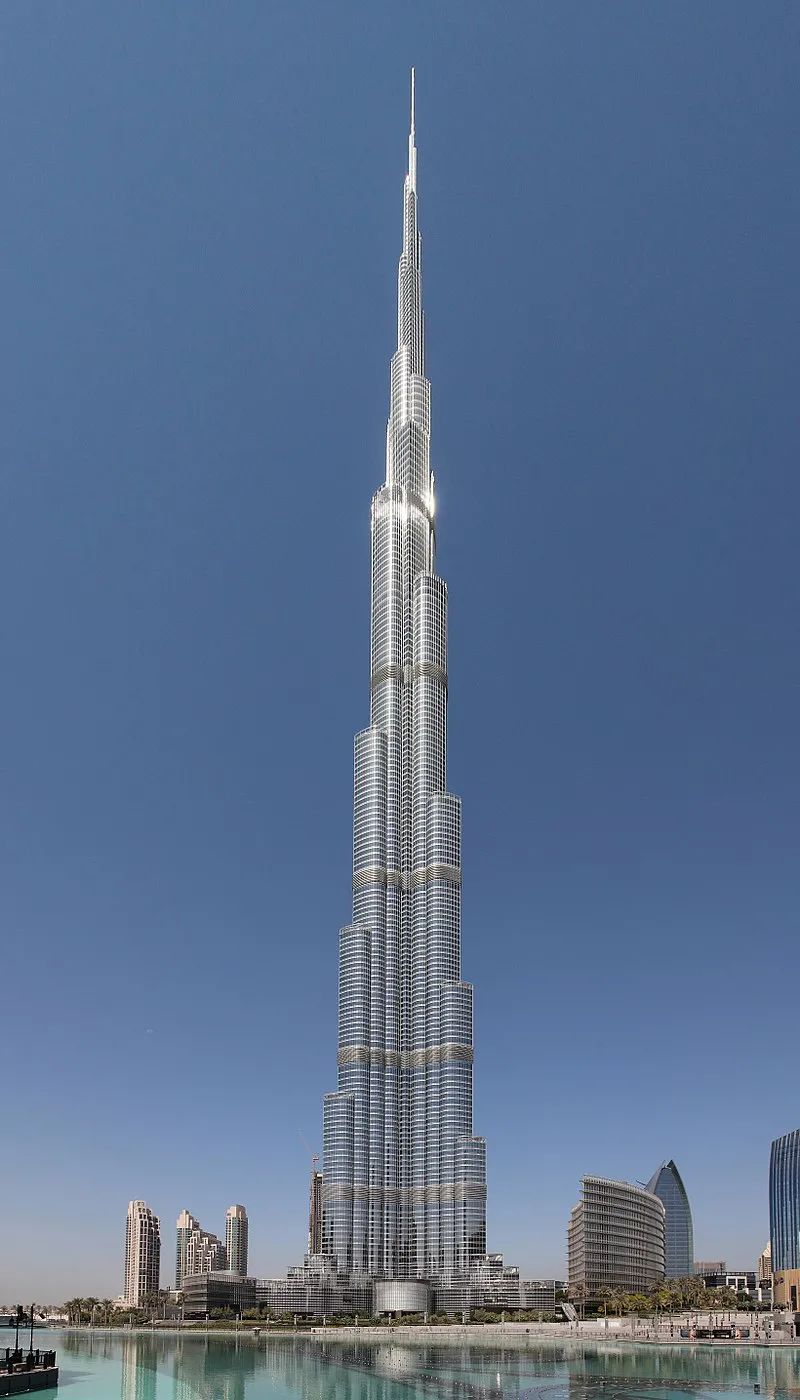The first floor of the administration building (West Building) is mainly for stables and related facilities, and the second and third floors are mainly for office
. 
The current architectural situation is the first topographical museum that comprehensively reflects the changes of Shanghai
.
On the west side of the people’s Park in central Shanghai, at No
.
The clock tower on the north side of the clock tower on the east side of the clock tower on the east side of the clock clock tower on the east side of the clock tower is 53 meters high, which is the opposite scenery and important landmark of Nanjing Road, the main road in the city
. 

The building consists of the East Building + the West Building + the landscape courtyard
.
3
.
The 3.3m diameter bell on all sides has become the symbol of this urban area
.
After the liberation of Shanghai, it was nationalized, and the overall development has changed several times over time
. 
During the construction process, the original floor tiles of the stables were inadvertently rediscovered
.
On the stage of years, this building has witnessed the development and changes of Shanghai’s urban construction and cultural life, and also recorded the youth and growth of several generations of Shanghainese
.
2
.
On the one hand, this transformation is committed to gracefully displaying the historical building in the public view, on the other hand, strengthening its public attribute as a museum function, and truly becoming a place for people’s activities and exchanges
.
The building, which is composed of East Building + West Building + landscape courtyard, was originally called horse racing club
.
In the development process of more than 80 years, the building has gone through many stages, and finally turned into the first topographical museum that comprehensively reflects the changes of Shanghai
. 

The construction scale was huge in 1933
.
Looking from a distance, the pointer is clear at a glance
.
In order to meet the exhibition needs of the modern museum and make the visiting flow line of the museum more smooth, the design team combed the overall flow line in the initial design scheme and enriched the spatial level
. 
The scene is grand and lively
.
It has successively served as Shanghai Library (1951-1997), Shanghai Museum (1951-1959) and Shanghai Art Museum (2000-2012), and has been transformed and added many times to match the new use functions
. 
In 2015, with the planning of the new Shanghai History Museum, relevant departments adhered to the principle of “respecting history, giving priority to protection and careful repair”, made full use of architectural and environmental elements, and always required to closely combine decoration with display contents and cultural relics, while creating a historical atmosphere, Improve the utilization rate of the building and do a series of transformation work: 1
. 

Environmental integration, openness and sharing
. 
However, during the actual engineering survey and construction, it was gradually found that some historical elements before the East and West buildings were hidden because of the functional requirements, In order to restore the original appearance of history, the final design scheme has been adjusted for many times, including restoring the column body of the exhibition hall on the first floor of the East Building and the brushed stone finish of the wall; Remove the later shielding of the corridor on the second floor of the East Building, and re display the brushed stone wall and exquisite caisson ceiling; The original stables floor tiles on the first floor of the West Building found in the construction are laid and displayed at the entrance and exit of the open corridor of the West Building after cleaning and repair..
.
The numbers on the clock face are in Roman, which is magnificent
.
The original Taishan brick and water brushed stone walls of the East facade are carefully cleaned and repaired on one side of the big staircase of the East Building, which has become an important public space of the history museum
.
It is precisely because of such modification and integration that we see the most real “it” today
.
In this building, the TASI dry column is made into a colonnade through the second and third floors, which is also rare in western architecture
.
Whether it is the exterior wall of the building with brown tiles and milky white stones, or the towering bell tower inlaid with round bells on all sides, it seems to tell people that it has experienced years of honing, read the prosperity of the world and witnessed the historical changes, which has become one of the symbols of Shanghai
.
At that time, it employed nearly 1000 civil workers and was completed in 1934
. 
It was originally a rolling ball entertainment venue for VIP of the Horse Racing Association
.
It is worth mentioning that this simple and simple TASI dry column is only used in a few buildings in Shanghai
. 
The original wall and the two-story commercial building at the corner of Huangpi North Road of Nanjing West Road were demolished, making Nanjing West Road directly connected with the courtyard
.
After careful cleaning and repair, these floor tiles are now laid and displayed at the entrance and exit of the open corridor of the West building
.
On the other side of the large staircase is the East facade of the art museum preserved in this transformation.
.
More than 1000 pieces / set of cultural relics are displayed
. 

Today, let’s walk into the past of this historical and cultural relics protection unit in Shanghai with a story
. 
In the design, attention shall be paid to the regeneration of historical environment and the superposition of historical information, and new design elements shall be added on the basis of identifiability
.
An escalator is added in the large staircase space of the East building to display the Taishan brick of the original East facade, reflecting the superposition of new and old information
.
After completion, the main body of the building is divided into four floors, and some areas between the other two floors are equipped with mezzanine
.
As the name suggests, horse racing activities will be held here from time to time at the beginning of its establishment
.
The total collection of the museum is about 120000 pieces, which are divided into 15 categories: calligraphy and painting, metal, ceramics, crafts, badges, documents, printed matter, textiles, stone carvings, coins, photos, paper cuts, stamps, records and other miscellaneous items
.
The West Building (formerly the administrative office building of the Federation), which was built earlier than the East Building in the 1920s, has a construction area of about 5000 square meters, the main body has three floors, and the architectural style is British classical style
.
This series of changes have improved the quality of space as a whole
. 
At the north end of the building, there is a square clock tower up to 53.3 meters high, with a pointed roof, and a large clock with a diameter of 3.3 meters is equipped on all sides
.
The first floor of the West building was originally a stable during the period of the Horse Racing Association
.
Retain the original wood decorative components of the inner partition wall of the West building, and design the exhibition hall space according to local conditions
.
The courtyard between the Federation building (East Building) and the administration building (West Building) is the preparatory venue for horse racing
.
The important indoor space shall be protected, and the characteristic decorative details shall be repaired in situ
.
In the west of the building is a colonnade composed of eight TASI dry columns
Overall protection, careful polishing, full respect for history, strive to retain the authenticity and integrity of the building body, and the design and construction team carefully protects all key parts
.
The East Building, which mainly focuses on basic display, has three permanent exhibition halls, namely “preface hall”, “ancient Shanghai” and “modern Shanghai”, to comprehensively show the important nodes and major revolutionary historical events in various historical periods of Shanghai’s urban development
. 
Restore the original appearance and reshape the function
. 
325, Nanjing West Road, stands a clock tower that attracts many eyes
.
It can be said that while presenting the 6000 year historical track of Shanghai, today’s Museum, together with the nearby Shanghai Urban Planning Museum, Shanghai Museum, Shanghai Grand Theater, Shanghai Concert Hall and big world, has added an old Shanghai element to the people’s Square Cultural Area and become a new landmark of Shanghai culture
. 

It is the former site of Shanghai Horse Racing Association and now the Shanghai History Museum (Shanghai Revolutionary History Museum)
.
Reopen the open corridor on the first floor of the previously closed West building to lead to the secondary entrance and exit of Huangpi North Road
.
The historical facades of the East and West buildings are protected as a whole, and components such as clear water brick wall, Taishan brick, characteristic decoration and steel doors and windows are repaired
. 
The outdoor on the east side of the floor is an inclined stand; 3、 There are more than 30 member boxes on the fourth floor, and the East corridor directly looks at the horse racing field, so that the box guests can watch the game; On the top floor are staff rooms, etc
.
At the same time, in order to echo it, the terrace on the fifth floor of the East building was transformed into a roof garden
.
There is a ticket office and a lottery office on the ground floor of the Federation building (East Building); The mezzanine is provided with a rolling court for members; On the second floor, there is a member club: including coffee room, card room, newspaper reading room, billiard room and other leisure and entertainment facilities
.
The whole building complex consists of the East Building (the former Federation building), the West Building (the former Federation administrative office building) and the landscape courtyard between them
.
The East Building (the former Federation building), as its core building, covers an area of 8900 square meters and a construction area of 21000 square meters
.
In March 2018, the Shanghai History Museum (Shanghai Revolutionary History Museum) was officially opened to the public
.






